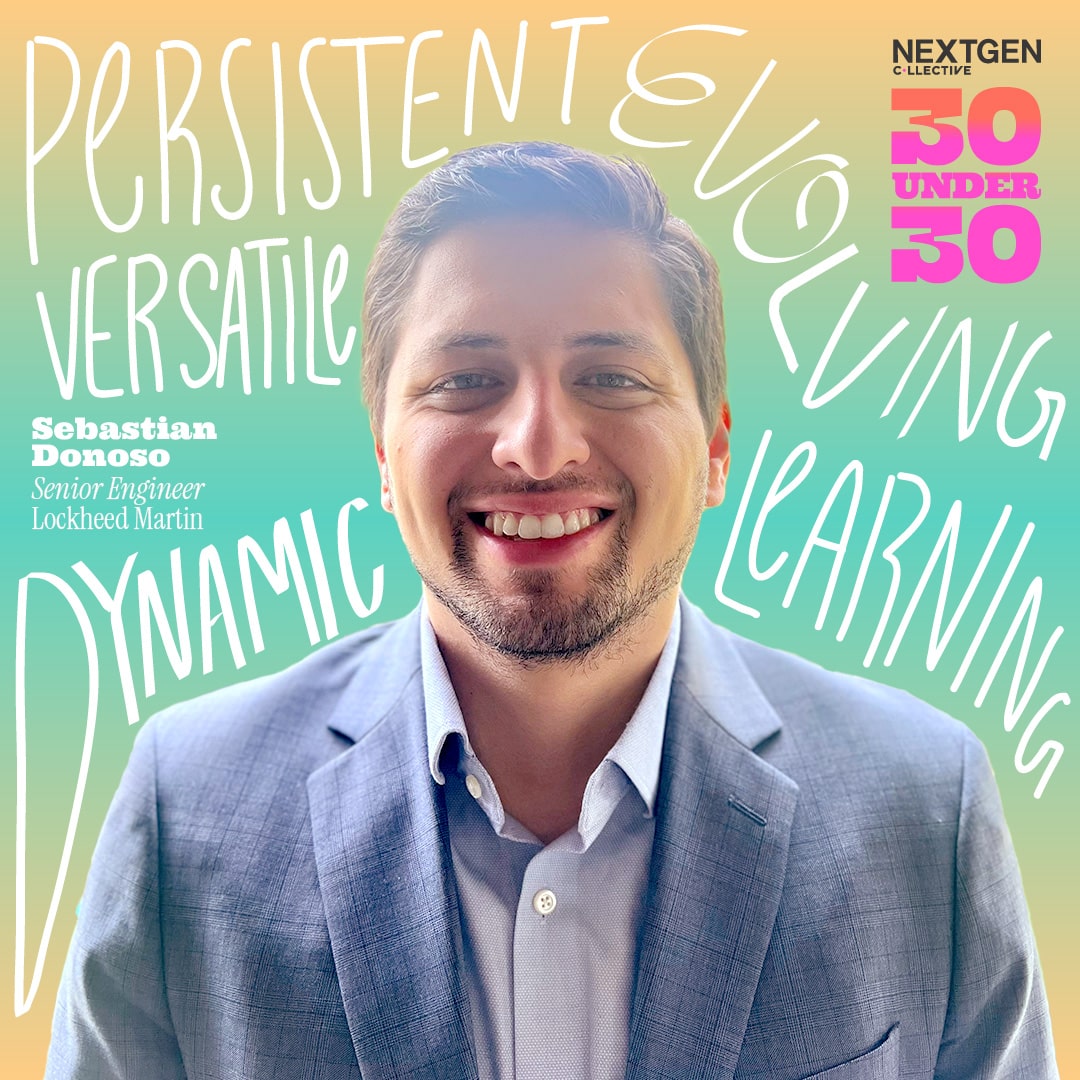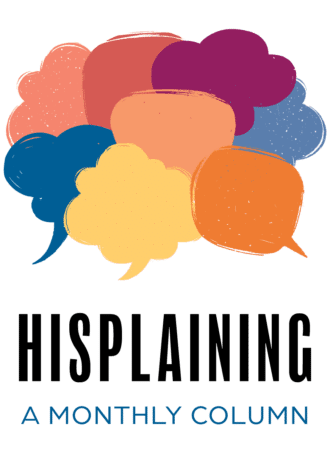|
Getting your Trinity Audio player ready...
|
At Lockheed Martin, Sebastian Donoso serves as a senior engineer supporting production and development programs for the Sikorsky line of business. In that role, helps to design components for some of the most cutting-edge helicopters that bring troops home safely.
Donoso shares his passion for that work in addition to his philosophy behind tackling problems and his love for Shotokan karate.
What do you do today?
I work at Lockheed Martin Rotary & Mission Systems as a senior engineer, where I support a wide range of production and development programs that impact the Sikorsky line of business. From designing components for the CH-53K King Stallion Heavy Lift Helicopter, to developing flight loads correlation improvement methodology on next generation military helicopters such as the S-97 Raider, I help ensure that troops get home safely every time.
What is your greatest career accomplishment to date?
One of my greatest career accomplishments to date was designing a crown installation rack for the VC-25B Airframe, part of Boeing’s future Air Force One plane. This was a challenging and rewarding project that required me to apply my engineering skills creativity to solve a complex problem. Being part of this once-in-a-lifetime opportunity sparked my interest in further pursuing the defense industry and making a positive impact on the world.
What is your greatest personal accomplishment to date?
My greatest personal accomplishment to date is earning a black belt in Shotokan karate after four years of rigorous training in 2022. Shotokan karate is one of the most influential styles of karate in the world founded by Gichin Funakoshi, widely regarded as the father of modern karate. As a proud Latino, I was inspired by his philosophy of seeking perfection of character through discipline, respect, humility, courage, and self-control. This accomplishment was not only a physical challenge but also a mental and spiritual one. It taught me how to overcome obstacles, set goals, and pursue excellence in everything I do. Shotokan karate has changed my life for the better and has shaped me into the leader I am today.
How do you tackle problems and overcome challenges?
- Asking the right questions: by actively seeking to understand the problem at hand, asking thoughtful and targeted questions, you can gain clarity and uncover crucial information that will guide your problem-solving process.
- Staying persistent and never giving up: challenges often require perseverance and determination. Maintaining a positive mindset, staying focused, and being resilient in the face of obstacles can help you find alternative solutions and overcome setbacks.
- Surrounding yourself with knowledgeable individuals: building a supportive network of people who possess diverse expertise and knowledge can provide valuable insights and perspectives. Collaborating with others who know more than you can lead to innovative solutions and a broader understanding of the problem.
- Embracing uncertainty and seeking answers: acknowledging that you may not have all the answers initially is important. Embrace the unknown and take proactive steps to acquire the necessary knowledge. This may involve conducting research, seeking advice from experts, or exploring various resources to gain the information needed to move forward.
What do you do today to impact your community?
As an adjunct professor, my impact on the community is driven by my commitment to fostering a student-centered learning experience. Through application-based teaching, open dialogue, and challenging students to think critically, I empower them to become action-oriented employees, enthusiastic learners, and insightful colleagues. By instilling confidence, promoting independent problem-solving, and encouraging real-world connections, I aim to create a ripple effect that extends beyond the classroom and positively impacts the future community of professionals.
Describe yourself in five words.
Dynamic, persistent, versatile, learning, and evolving.

What are your future goals?
My goal is to drive long-term strategic innovations in Aerospace as a technical fellow, and one day head a large aerospace company as a chief technology officer. In tandem I want to be an engineer that colleagues enjoy collaborating with, and a teacher that students are proud to learn from. Most importantly, my future goal is to be successful and happy.
What is your favorite form of self-care?
My favorite form of self-care is practicing karate. It’s evolved from a hobby to keep me in shape to a truly self-motivating form of artistic expression that nobody can take away from me. I enjoy learning new katas (forms), challenging my body, and sharing my passion with others.
What do you like to do for fun when you’re not working?
When I’m not working, I enjoy playing my violin, especially with my friends. I have a passion for music that goes beyond the classical repertoire. I learned to play jazz, blues, and rock at Regional Center for the Arts, where I developed my musical improvisational skills on the violin.
This experience also sparked an interest in music which helped me understand the logic and patterns behind different musical genres. I believe that music and engineering can be closely related, as they both involve creativity, problem-solving, and innovation. Playing the violin has not only enriched my life by connecting me with musicians across cultures and different backgrounds, but also enhanced my engineering career by making me a more well-rounded empathetic leader.
What does making NextGen Collective’s 30 Under 30 list mean to you?
Making NextGen Collective’s 30 Under 30 list is not just an achievement, it is the beginning of a journey for me. It represents an opportunity for me to proudly embrace my individuality and bring my unique background to the forefront. As an engineer who may not come from a traditional academic path, being recognized on this prestigious list empowers me to inspire future generations of engineers who may have diverse experiences and perspectives.
This recognition gives me a platform to showcase that success in the field of engineering is not limited to a specific mold or background. It allows me to demonstrate that passion, dedication, and a drive for excellence can transcend societal expectations and pave the way for unconventional paths to success. By being included in this esteemed list, I can unapologetically be myself and serve as a role model for aspiring engineers who may have felt excluded or underestimated due to their nontraditional backgrounds.
What is your personal theme song?
“High Hopes” by Panic! At The Disco and “Simple Step” by Vulfpeck
What is your Latino background?
I was raised in Connecticut. My family is from Ecuador and immigrated to the United States during the mid-90s shortly before I was born.
Editor‘s note: This Q&A has been edited for clarity.

